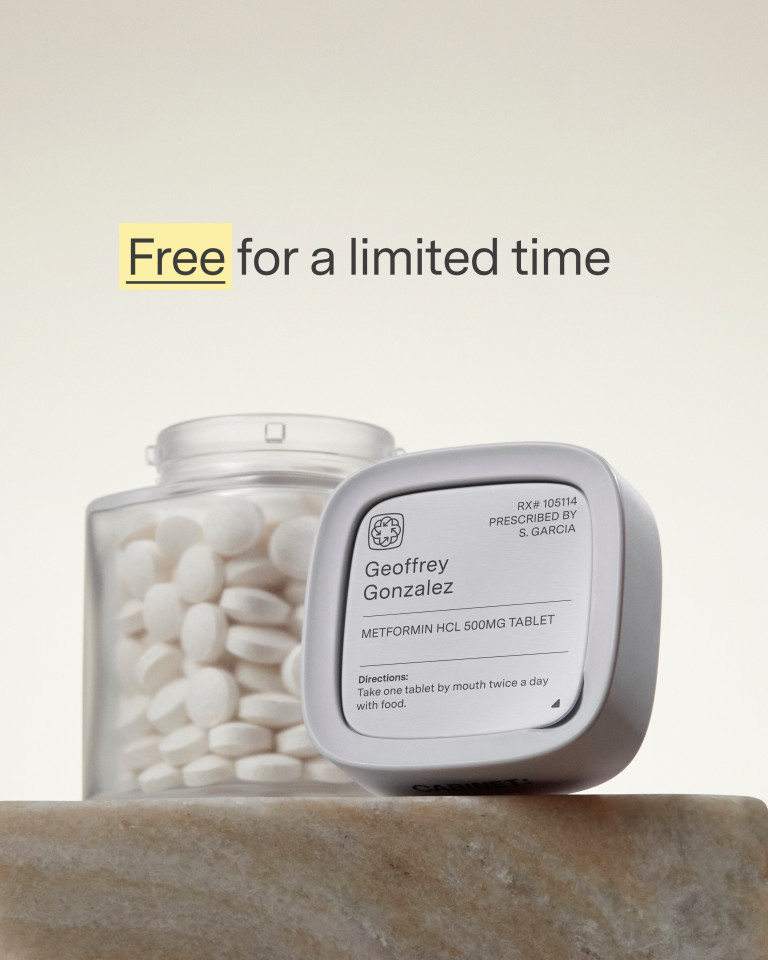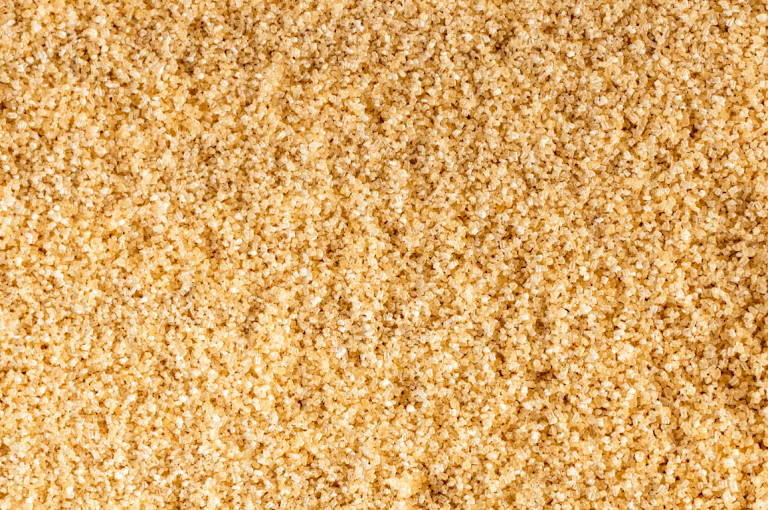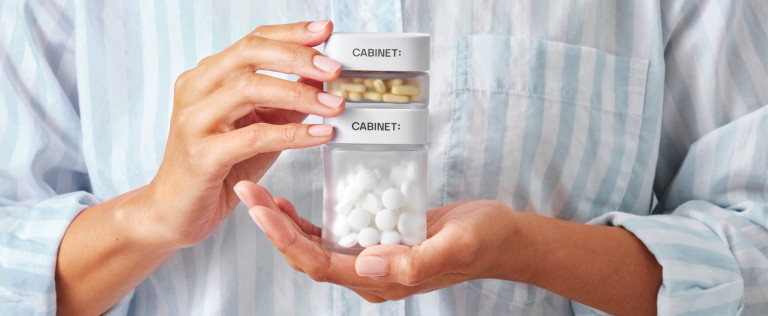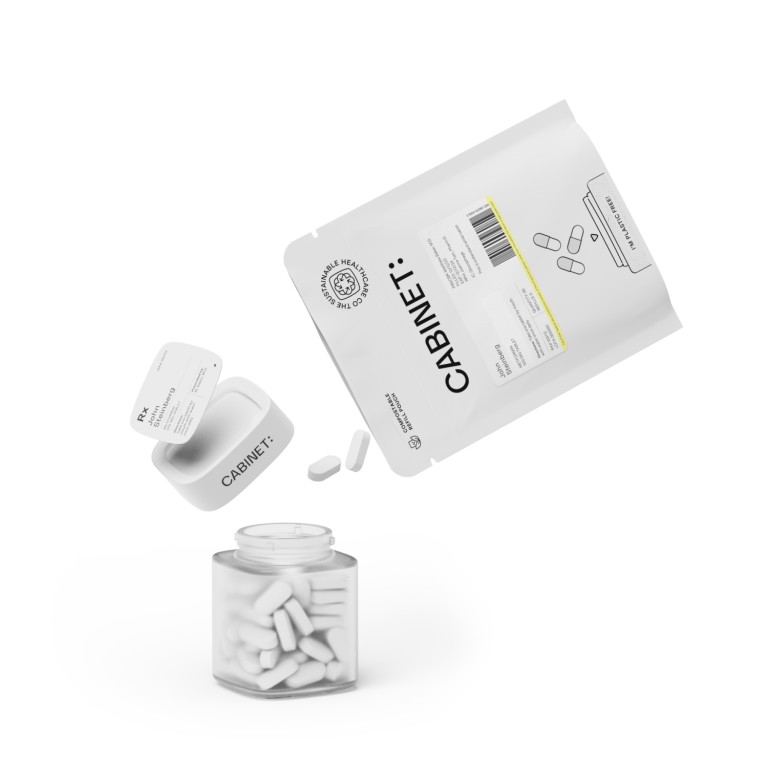Diabetes is a chronic condition that affects millions of people worldwide. Glipizide is a medication commonly prescribed to help manage blood sugar levels in individuals with type 2 diabetes. Along with medication, maintaining a healthy diet is crucial for effective blood sugar control. This comprehensive guide will provide you with valuable insights into the diet restrictions and recommendations for individuals taking glipizide.
Understanding Glipizide: Its Uses and Side Effects
Glipizide is an oral antidiabetic drug that belongs to the sulfonylurea class. It works by stimulating the pancreas to release more insulin, which helps lower blood sugar levels. It is important to note that glipizide should not be used to treat type 1 diabetes or diabetic ketoacidosis.
Glipizide is a widely used medication that plays a crucial role in managing type 2 diabetes. By targeting the pancreas to increase insulin secretion, glipizide aids in regulating blood sugar levels in individuals with this condition. It is essential to follow the prescribed dosage and timing instructions provided by healthcare professionals to optimize its effectiveness.
What is Glipizide?
Glipizide is a medication that is commonly prescribed to individuals with type 2 diabetes. It helps lower blood sugar levels by stimulating the pancreas to release more insulin. Glipizide is typically taken before meals to help control postprandial (after-meal) blood sugar spikes.
When taken as directed, glipizide can effectively assist in managing blood glucose levels in individuals with type 2 diabetes. It is essential to monitor blood sugar levels regularly and make necessary adjustments under the guidance of a healthcare provider to achieve optimal control over the condition.
How Does Glipizide Work?
Glipizide works by binding to beta cells in the pancreas and stimulating the release of insulin. Insulin is a hormone that helps cells take up glucose from the bloodstream and use it for energy. By increasing insulin production, glipizide helps lower blood sugar levels in individuals with type 2 diabetes.
Understanding the mechanism of action of glipizide can provide insight into how it effectively manages blood sugar levels in individuals with type 2 diabetes. By promoting insulin release and facilitating glucose uptake by cells, glipizide contributes to maintaining a balanced blood sugar profile when used as part of a comprehensive diabetes management plan.
Potential Side Effects of Glipizide
Like any medication, glipizide may cause side effects in some individuals. Common side effects include stomach upset, nausea, and dizziness. It is important to report any severe or persistent side effects to your healthcare provider.
While glipizide is generally well-tolerated, individuals may experience mild side effects that typically subside as the body adjusts to the medication. It is essential to communicate any adverse reactions to healthcare providers to ensure appropriate management and potential modification of treatment plans, if necessary.
The Importance of Diet in Glipizide Treatment
Achieving optimal blood sugar control requires a comprehensive approach, which includes both medication and dietary modifications. Diet plays a crucial role in managing blood sugar levels, particularly for individuals taking glipizide. Following a healthy diet can help minimize blood sugar fluctuations and reduce the risk of complications associated with diabetes.
It is essential to understand that the impact of diet on blood sugar levels goes beyond just the quantity of food consumed. The quality of food choices, such as opting for whole grains, lean proteins, and plenty of fruits and vegetables, can significantly influence how the body processes glucose. Moreover, incorporating fiber-rich foods can help slow down the absorption of sugar into the bloodstream, promoting more stable blood sugar levels over time.
Role of Diet in Blood Sugar Control
When it comes to managing diabetes, adopting healthy eating habits is paramount. A well-balanced diet can help regulate blood sugar levels and prevent spikes and drops that can lead to complications. By focusing on nutrient-dense foods and portion control, individuals can optimize their blood sugar control and improve overall health.
In addition to monitoring carbohydrate intake, paying attention to the timing of meals can also play a significant role in blood sugar management. Spacing out meals evenly throughout the day and avoiding prolonged periods of fasting can help maintain steady glucose levels and support the effectiveness of glipizide in controlling blood sugar.
How Glipizide Interacts with Food
Glipizide is generally taken before meals to coincide with food intake. Food can affect the way glipizide is absorbed and metabolized in the body. It is important to follow your healthcare provider's instructions regarding timing and administration of glipizide in relation to meals.
Furthermore, certain types of food, particularly those high in simple sugars and refined carbohydrates, can lead to rapid spikes in blood sugar levels, potentially counteracting the effects of glipizide. By being mindful of food choices and opting for balanced meals that promote steady energy release, individuals can better support the medication's ability to manage blood sugar levels effectively.
Foods to Avoid When Taking Glipizide
While glipizide can help control blood sugar levels, certain foods and beverages can interfere with its effectiveness. It is important to be mindful of these dietary restrictions to ensure the medication is working optimally.
High-Sugar Foods and Beverages
Foods and beverages high in sugar can cause blood sugar levels to spike, counteracting the effects of glipizide. Avoid sugary snacks, desserts, sugary drinks, and processed foods that are high in added sugars. Opt for healthier alternatives such as fresh fruits or sugar-free options instead.
Certain Types of Fruits
While fruits are generally considered a healthy choice, some fruits can be higher in natural sugars compared to others. It is important to limit or avoid fruits such as grapes, bananas, and mangoes, which have a higher glycemic index. Instead, opt for low-sugar fruits like berries, apples, and citrus fruits.
Alcohol and Glipizide
Consuming alcohol in moderation is generally acceptable for individuals with diabetes. However, it is important to be cautious while taking glipizide. Alcohol can lower blood sugar levels, potentially leading to hypoglycemia. It is advisable to speak with your healthcare provider regarding alcohol consumption and any potential interactions with glipizide.
Recommended Foods for Glipizide Users
While certain foods should be limited or avoided, there are plenty of healthy options that can support blood sugar control and complement glipizide therapy.
High-Fiber Foods
Fiber-rich foods can help regulate blood sugar levels and promote satiety. Include whole grains, legumes, fruits, and vegetables in your diet to increase your fiber intake. These foods are also rich in vitamins, minerals, and antioxidants, contributing to overall health and well-being.
Lean Proteins
Protein is an essential macronutrient that aids in maintaining blood sugar levels and supporting muscle health. Opt for lean protein sources such as skinless poultry, fish, tofu, and legumes. These options are low in saturated fats and provide other essential nutrients.
Healthy Fats
Including healthy fats in your diet can help slow down the digestion of carbohydrates, resulting in a slower rise in blood sugar levels. Choose sources of healthy fats like avocados, nuts, seeds, and olive oil. These fats are also beneficial for heart health and overall well-being.
To summarize, glipizide is an effective medication for managing blood sugar levels in individuals with type 2 diabetes. Maintaining a healthy diet is essential for optimal blood sugar control and maximizing the benefits of glipizide therapy. Be mindful of foods to avoid, and focus on incorporating high-fiber foods, lean proteins, and healthy fats into your meals. Remember, always consult with your healthcare provider for personalized dietary recommendations based on your specific needs and medical history.
Managing your diabetes with glipizide is just one part of the equation—partnering with the right pharmacy can make all the difference. If you're already taking this medication, why not see if your prescription refill qualifies for Cabinet® Pharmacy's exceptional service? With Cabinet®, not only can you transfer your prescription effortlessly, but you'll also receive a free personalized glass bottle that's child safe and refillable, a stylish medicine travel tin, and even a complimentary bottle of premium Acetaminophen. Our dedicated pharmacists ensure a rapid transfer from your current pharmacy, with refills handled for you, all delivered in eco-friendly packaging right to your doorstep. Experience the convenience of seamless home shipping and the elegance of decluttering your space with our stackable bottles. Ready to elevate your pharmacy experience? Look Up Your Prescription today and join the Cabinet® Health community for a personalized, sustainable, and hassle-free way to manage your health.









